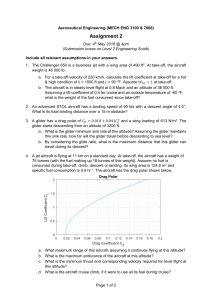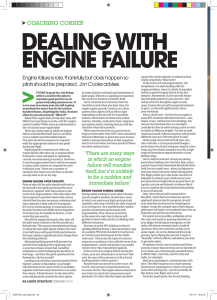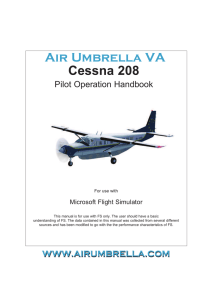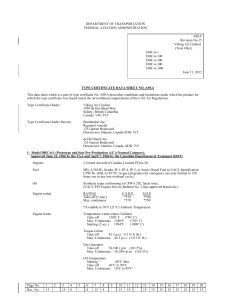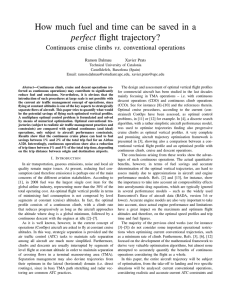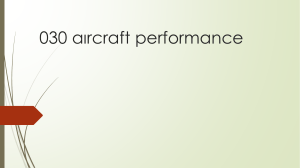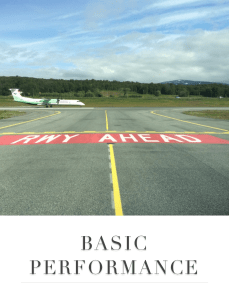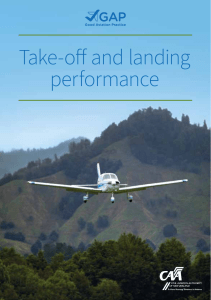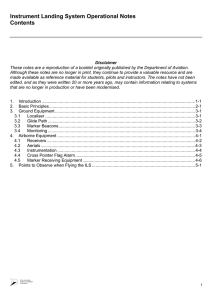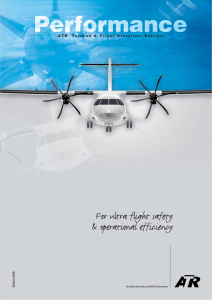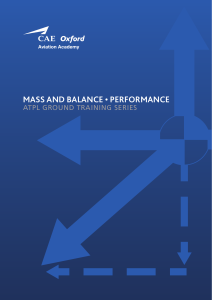Mechanical Engineering and Mechanics MEM 425 Aircraft Design and Performance
advertisement
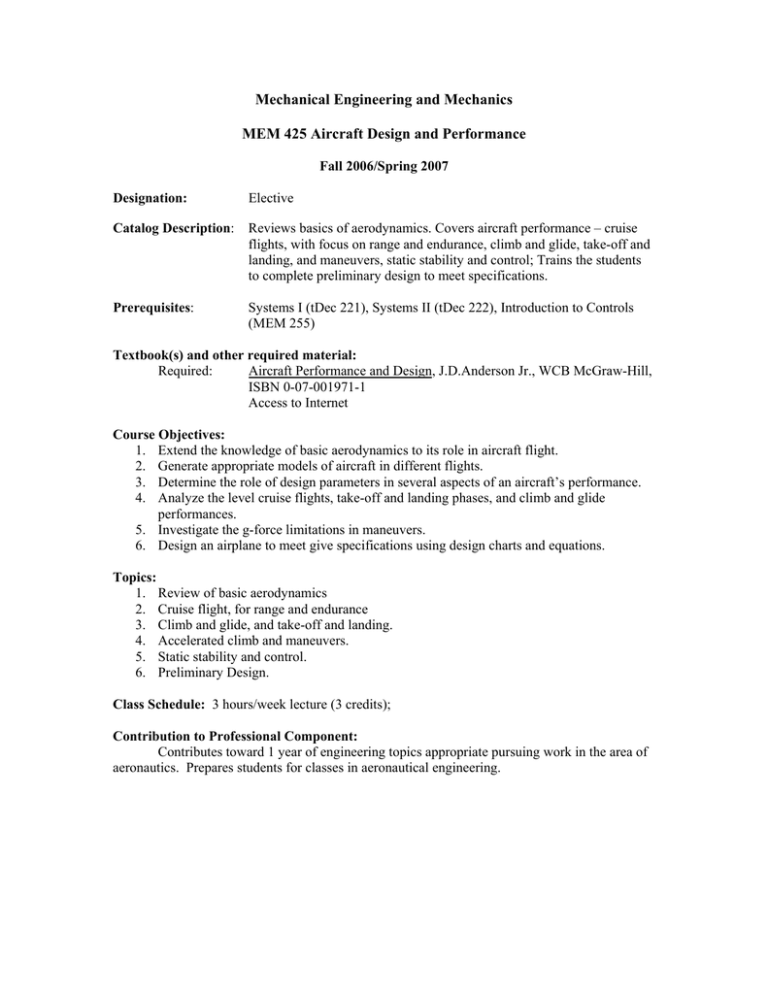
Mechanical Engineering and Mechanics MEM 425 Aircraft Design and Performance Fall 2006/Spring 2007 Designation: Elective Catalog Description: Reviews basics of aerodynamics. Covers aircraft performance – cruise flights, with focus on range and endurance, climb and glide, take-off and landing, and maneuvers, static stability and control; Trains the students to complete preliminary design to meet specifications. Prerequisites: Systems I (tDec 221), Systems II (tDec 222), Introduction to Controls (MEM 255) Textbook(s) and other required material: Required: Aircraft Performance and Design, J.D.Anderson Jr., WCB McGraw-Hill, ISBN 0-07-001971-1 Access to Internet Course Objectives: 1. Extend the knowledge of basic aerodynamics to its role in aircraft flight. 2. Generate appropriate models of aircraft in different flights. 3. Determine the role of design parameters in several aspects of an aircraft’s performance. 4. Analyze the level cruise flights, take-off and landing phases, and climb and glide performances. 5. Investigate the g-force limitations in maneuvers. 6. Design an airplane to meet give specifications using design charts and equations. Topics: 1. Review of basic aerodynamics 2. Cruise flight, for range and endurance 3. Climb and glide, and take-off and landing. 4. Accelerated climb and maneuvers. 5. Static stability and control. 6. Preliminary Design. Class Schedule: 3 hours/week lecture (3 credits); Contribution to Professional Component: Contributes toward 1 year of engineering topics appropriate pursuing work in the area of aeronautics. Prepares students for classes in aeronautical engineering. Relationship to Program Outcomes: Outcomes a - k a. An ability to apply knowledge of mathematics, science and engineering b. An ability to design and conduct experiments as well as to analyze and interpret data c. An ability to design a system, component or process to meet desired needs d. An ability to function on multidisciplinary teams e. An ability to identify, formulate and solve engineering problems f. An understanding of professional and ethical responsibility g. An ability to communicate effectively h. The broad education necessary to understand the impact of engineering solutions in a global/societal context i. A recognition of the need for and an ability to engage in lifelong learning j. A knowledge of contemporary issues k. An ability to use the techniques, skills and modern engineering tools necessary for engineering practice Prepared by: Content Explanation 2 This course has two phases: (1) analysis – given an aircraft, evaluate its capabilities; (2) design – given required capabilities of an aircraft, design one to meet them. Both the phases require mathematical modeling and interpretations of the resulting equations. 0 N/A 2 Evidence Homework, Exams, Design Project N/A The final project requires the design of an aircraft to meet specified requirements. Final project requires teams to work on a design project involving aerodynamics, propulsion, and structures. See explanations for items “c” and “d” above N/A Homework, exams, design project N/A 0 Written presentation of the final design problem is required. N/A Final report for the design project N/A 0 N/A N/A 0 N/A N/A 2 The final project and home works require the use of current tools for completion. Homework; Final report for the design project 2 2 0 2 Dr. Ajmal Yousuff, 15 November 2006 Final project report Final project report





